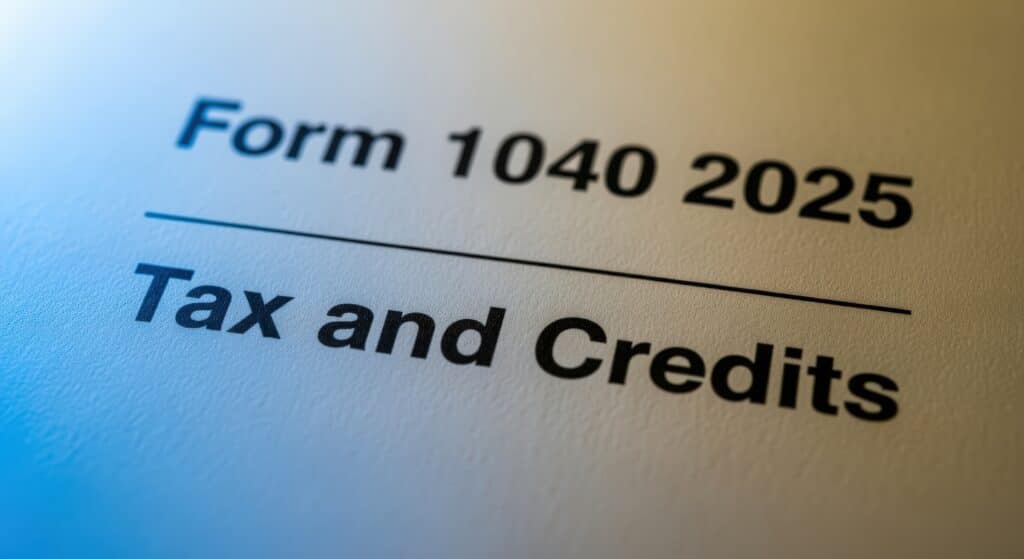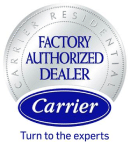As we head into the holiday season, here’s something worth being thankful for: if you’ve been putting off upgrading your home’s heating system, air conditioner, or water heater, there’s still time to take advantage of some pretty generous savings!
But you’ll need to act fast, because these incentives are going away at the end of the year.
We know, we know – tax credits aren’t exactly the most exciting topic to read about over your Thanksgiving leftovers. But stick with us here, because this could mean serious savings on equipment you might need anyway. Think of it as a little thank-you gift from Uncle Sam for making your home more energy-efficient.
What’s happening with these tax credits?
Here’s the deal in plain English: the federal government has been offering tax credits to homeowners who install energy-efficient heating and cooling equipment. These credits have been around for a couple years now, but new federal legislation is ending several of these programs on December 31, 2025. The IRS confirmed this in their guidance issued back in August.
What this means for you is simple – if you want to claim these credits, your new equipment needs to be installed and up and running by the end of this year. Not just ordered or sitting in your garage, but actually installed and working. Miss that deadline, and the opportunity is gone.
What equipment still qualifies (and how much can you save)?
The good news is that a bunch of different systems still qualify for these credits if you get them installed before year’s end. Let’s break down what’s available.
Air-source heat pumps are the big winner here – you can get 30% of the cost back, up to $2,000, for qualifying systems installed in 2025. Heat pumps are pretty cool (pun intended) because they handle both heating and cooling, so they’re basically a two-for-one deal. If you’ve been considering making the switch from a traditional furnace and AC setup, this credit makes it a lot more affordable.
For those sticking with traditional systems, gas or oil furnaces qualify for 30% back, up to $600, as long as they meet the high-efficiency requirements. Same goes for central air conditioners – 30% of the cost, capped at $600, for units that meet the efficiency criteria. Just remember, the equipment needs to be purchased and installed between January 1, 2023 and December 31, 2025 to qualify.
Water heaters get in on the action too. Natural gas or oil water heaters can qualify for 30% back (up to $600) if they’re high-efficiency models. But if you’re really looking to maximize your credit, heat pump water heaters can get you 30% back with a cap of $2,000. These are incredibly efficient units that use electricity to move heat rather than generate it, which is why they get the higher credit amount.
There’s also an overall annual cap you should know about. For most homeowners, you can claim up to $3,200 total per year across all your energy-efficient improvements. That breaks down to up to $2,000 for heat pumps and heat pump water heaters, plus up to $1,200 for other stuff like windows, doors, central AC, and furnaces.
The fine print (don’t worry, we’ll keep it simple)
Here’s what you absolutely need to know to claim these credits successfully.
First, your equipment must be installed and operational by December 31, 2025. We can’t stress this enough. The IRS calls this being “placed in service,” which basically means it’s hooked up, turned on, and actually working. Just buying the equipment or having it delivered doesn’t count. With the holidays coming up and contractors getting busier as the deadline approaches, now is really the time to get the ball rolling if you’re interested.
Second, there’s something called a manufacturer product identification number, or PIN, that you’ll need for your 2025 tax filing. This is part of a system the IRS set up to verify that the equipment actually qualifies for the credit. Your contractor should provide this to you, or you can find it on the product label. Make sure you hang onto it along with all your receipts, model numbers, and any ENERGY STAR documentation.
Third, these credits are what’s called non-refundable, and they don’t carry forward to future years. Translation: the credit can reduce your tax bill to zero, but if the credit is bigger than what you owe in taxes, you don’t get the difference back as a refund, and you can’t save the leftover amount for next year’s taxes. It just disappears. So it’s worth thinking about your overall tax situation when planning these purchases.
How to actually claim your credit
When you file your 2025 taxes (which you’ll do in early 2026), you’ll use IRS Form 5695 to claim these credits. Part II of that form is specifically for the Energy Efficient Home Improvement Credit, which covers the heating, AC, and water heater upgrades we’ve been talking about.
Before you get to that point though, here’s what you should do. When you’re shopping for equipment, ask your contractor to confirm in writing that what you’re buying qualifies for the federal tax credit and meets all the ENERGY STAR or efficiency criteria. Get the manufacturer PIN from them. Keep your invoices, model numbers, and any spec sheets or documentation. Store all of this with your tax records so you have everything you need when filing time rolls around.
What happens after 2025?
Once we flip the calendar to 2026, these particular credits for heating, AC, and water heating equipment go away under current federal law. There might be state or local utility rebates available depending on where you live, and some other federal incentives for things like EV chargers will continue with different end dates, but the specific programs we’ve been talking about here are done after December 31st.
Of course, things can always change – Congress could extend these programs or create new ones – but as of right now, this is it. The IRS has been pretty clear in their guidance that property placed in service after the end of this year won’t qualify.
We’re here to help
This Thanksgiving, we’re thankful for the trust our customers place in us year after year. And we want to make sure you have all the information you need to make the best decisions for your home and your family.
Contact us or give us a call at (818) 348-4768 to schedule service or just to chat about your options.
We promise to give you honest advice about what your system needs and help you figure out if beating the year-end deadline makes sense for your situation.
Let’s make sure your home stays comfortable all winter long while taking advantage of these savings while they’re still available.








